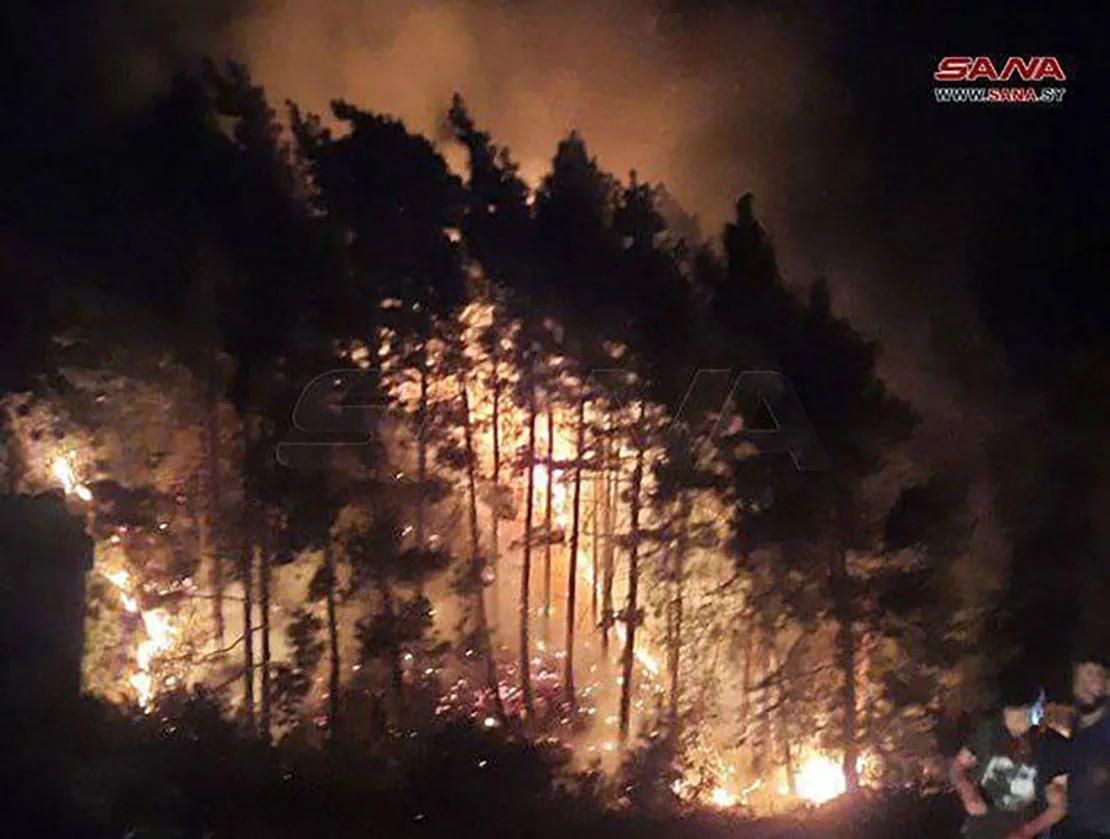Airstrikes in central Syria targeted a facility suspected by Western nations of producing chemical weapons. According to a resident and Syrian state media, the attacks resulted in significant casualties and damage. This incident highlights ongoing regional tensions and allegations concerning chemical weapon production.
Details of the Airstrikes
The alleged Israeli airstrikes struck the Syrian Military Scientific Studies and Research Center (SSRC) and nearby buildings, as reported by a Masyaf resident who wished to remain anonymous for security reasons. “About half an hour before midnight, multiple airstrikes targeted the SSRC and several nearby buildings. I heard at least eight explosions, followed by the sound of ambulances,” the resident recounted to CNN. State-run Syrian news agency SANA reported at least 18 deaths and 37 injuries, with some in critical condition.
Impact and Reactions
The strikes caused significant damage in the Masyaf countryside, including destroying vehicles and infrastructure. Dr. Maher Al-Younes, the director of health in Hama, confirmed that the airstrikes resulted in 16 deaths and 36 injuries in the area. “The Israeli enemy launched an air aggression from the direction of northwest Lebanon, targeting several military sites in the central region,” a military source told SANA. Syrian air defenses reportedly intercepted some missiles.
Historical Context
Western intelligence has previously accused the SSRC and associated facilities of producing chemical weapons, violating the Chemical Weapons Convention. In 2017, the US Treasury imposed sanctions on 271 SSRC staff linked to chemical weapon production. Benny Gantz, Israel’s defense minister in 2022, stated, “Under the vision of Qasem Soleimani, Iran transformed SSRC into production facilities for precise missiles and weapons.” Gantz emphasized the strategic threat posed by these facilities.
Regional Tensions
The airstrikes occur amidst heightened regional tensions, particularly following Hamas’ October 7 attacks and the ongoing conflict between Israel and Hezbollah. Hezbollah, which has a significant presence in Syria, has been involved in the Syrian conflict alongside Iranian-aligned forces. Recent months have seen escalations, including an Israeli airstrike near Aleppo that killed an Iranian military adviser and Israel’s bombing of Iran’s embassy complex in Syria.
The recent airstrikes on the SSRC underscore the volatile nature of the Middle East, where allegations of chemical weapon production and regional proxy conflicts continue to fuel tensions. As the situation evolves, international scrutiny and diplomatic responses will likely play a crucial role in addressing the complex dynamics.



